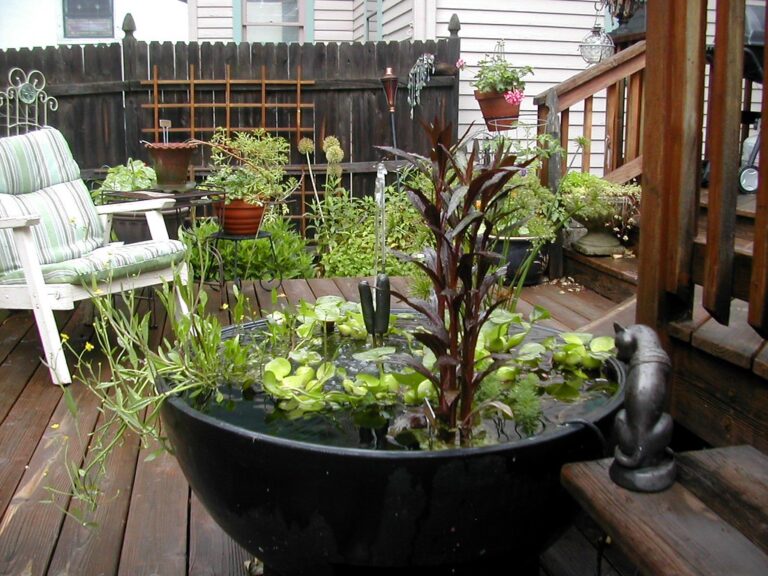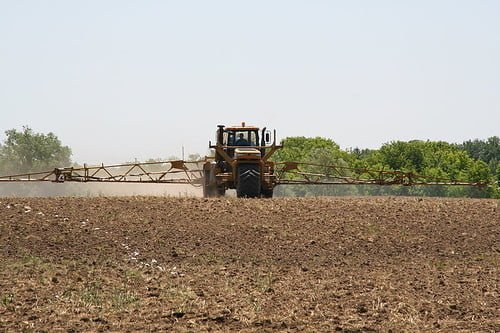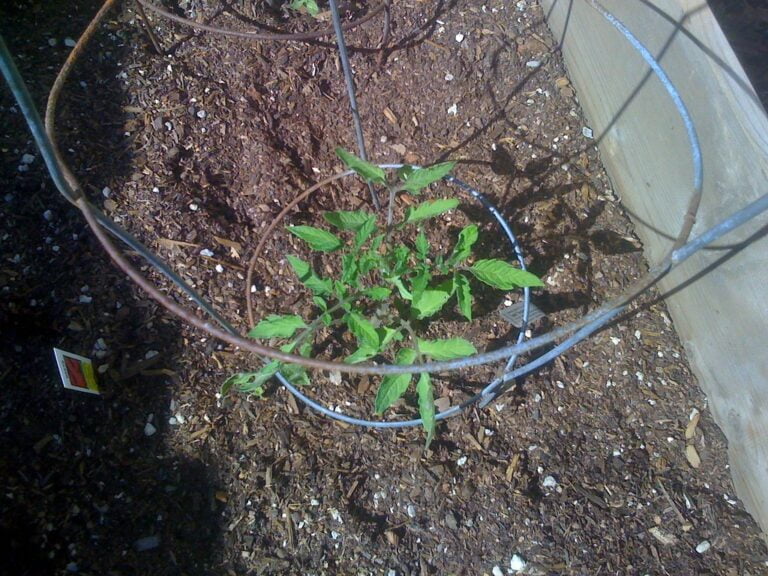A Step-by-Step Guide to Germinating Rosemary Seeds
When germinating rosemary seeds, it’s essential to harvest them properly by collecting dried seed pods and extracting the small, brown seeds to enhance germination rates. Soaking the seeds or cold stratification can further improve germination. Ideal conditions include a temperature range of 65-70°F, warmth, direct sunlight, consistently moist soil, and well-draining seed starting mix. Starting seeds indoors 8-10 weeks before the final frost, maintaining temperatures of 65-75°F, and providing adequate light are key steps. After the final frost, transplant seedlings into spacious holes, water thoroughly, and gradually acclimate them. Ultimately, ensure adequate sunlight, well-draining soil, and proper care techniques for successful growth.
Harvesting Rosemary Seeds
After the flowers of your rosemary plant have withered away, carefully observe the seed pods as they start to dry out. Once the seed pods have dried completely, collect them and place them in a paper bag for 1-2 weeks to make sure they are fully dried. The next step is to extract the small, brown, egg-shaped seeds from the dried pods. These seeds are what you will store for future planting.
Properly harvested rosemary seeds are essential for achieving better germination rates when it comes time to plant them. Storing the harvested seeds in a cool, dry place until you are ready to sow them will help maintain their viability.
When harvesting rosemary seeds, make sure that the seed pods are completely dry before extraction. This process can take some time but is vital for successful germination later on. By being patient and allowing the seeds to fully dry out, you are setting yourself up for success in growing new rosemary plants from the seeds you have harvested.
Seed Preparation and Germination
To enhance germination rates for rosemary seeds, consider soaking them in water overnight or cold stratifying for 4 weeks to break dormancy effectively. This process helps to prepare the seeds for planting and encourages successful germination. Here are some key steps to follow for seed preparation and germination:
- Soaking or Stratifying: Soaking rosemary seeds in water overnight can help soften the seed coat and promote germination. Alternatively, cold stratification involves exposing the seeds to cold temperatures for a period of about 4 weeks to mimic winter conditions and break dormancy effectively.
- Optimal Germination Conditions: Rosemary seeds typically germinate within 14-21 days when kept at a temperature range of 65-70°F (18-21°C). Make sure you use a well-draining seed starting mix and press the seeds lightly into the soil to create an ideal environment for germination.
- Environmental Factors: Provide a warm location with a consistent temperature of 70-80°F (21-27°C) and ample direct sunlight for successful germination. It’s important to keep the soil consistently moist but not waterlogged during the germination process to support healthy seedling growth.
Indoor Seed Starting Process
When starting the indoor germination process for rosemary seeds, it is important to establish a conducive environment that mimics ideal growing conditions to guarantee successful seedling development. To kickstart the process, make sure you are using a well-draining seed starting mix to prevent waterlogging, which can lead to seed rot. Rosemary seeds should be started indoors about 8-10 weeks before the last frost date to give them ample time to grow before being transplanted outdoors.
Maintain a consistent temperature range of 65-75°F (18-24°C) for best germination. This warmth mimics the Mediterranean climate that rosemary thrives in. Additionally, providing adequate light is essential for the seedlings’ growth. If natural light is insufficient, consider using a grow light to supplement their light requirements or place them on a sunny windowsill.
When it comes to soil moisture, keep it consistently moist but not waterlogged. Overwatering can lead to damping-off disease, which can be fatal to the delicate seedlings. Check the moisture levels regularly and adjust your watering schedule accordingly.
Transplanting Seedlings Outdoors
Upon selecting a suitable outdoor location with full sun exposure, prepare to transplant your rosemary seedlings for ideal growth and development in your garden. Here’s how to guarantee your seedlings thrive in their new outdoor environment:
- Timing is Key: Transplant your rosemary seedlings outdoors after the last frost date in your area. This will help prevent any potential damage from frost and ensure successful establishment in the garden.
- Prepare the Planting Holes: Dig holes for transplanting the seedlings that are spacious enough to accommodate the root ball and allow room for root expansion. This will provide the roots with the necessary space to grow and develop effectively in the new environment.
- Water and Harden Off: After transplanting, water the seedlings thoroughly to help them settle into the soil and encourage root development. Consider hardening off the seedlings before transplanting them by gradually exposing them to outdoor conditions. This process will help the seedlings acclimate to their new surroundings and reduce transplant shock, promoting healthy growth and ideal development.
Outdoor Growing and Care
After transplanting your rosemary seedlings outdoors, ensuring they receive adequate sunlight and well-draining soil is essential for their successful growth and care. Rosemary thrives in warm, dry climates, so finding a sunny location is vital. To promote healthy plants, use well-draining soil amended with sand or vermiculite to prevent waterlogging and root rot. Allow the soil to dry out between waterings to mimic the Mediterranean conditions that rosemary prefers.
In winter, consider using rocks around the base of the plants to retain heat and protect them from the cold. Apply organic fertilizers sparingly to avoid overfeeding. Proper pruning techniques are critical for continual growth and maintaining the health of your outdoor rosemary plants. Regularly harvest the herb by cutting sprigs from the plant, ensuring not to remove more than a third of its growth at once.






